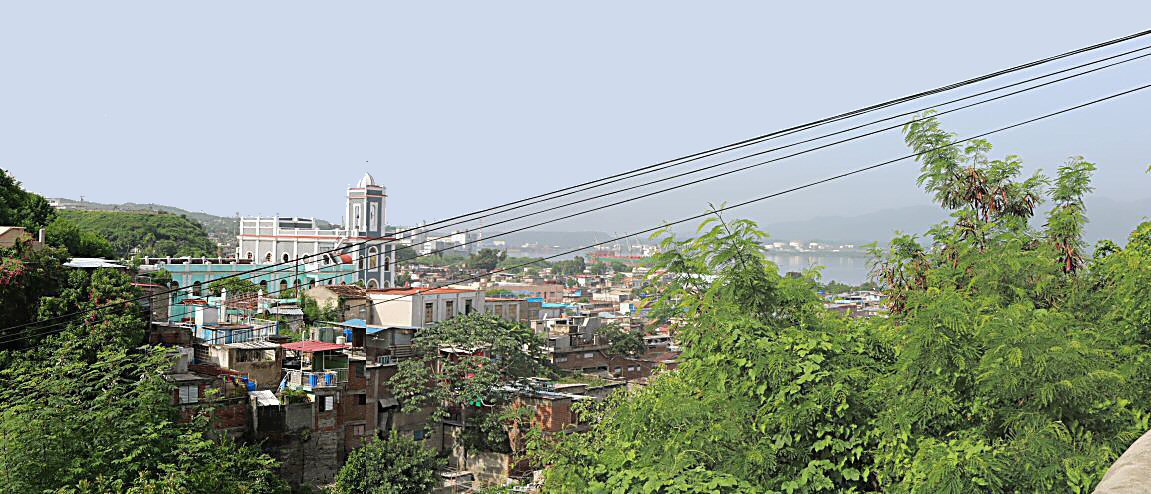Localization



No one knows exactly where the name of the neighborhood comes from. Some say that it comes from a group of Italian merchants, but the majority point out the French plantation owners that settled here during the uprising in Haiti at the end of 18th century. Some built houses on the current Calle 10 de Octubre (called Gallo or La Grand Rue at that time). Others chose a site on Loma Hueca, and there they built a Café Concert with a capacity of more than 300 people: they called it Le Tibolí. It was an elegant place, a gazebo with gardens where concerts and performances were held. Performances ended by singing the hymn of Louis XVI and La Marseillaise. Later the French word Le Tibolí changed to El Tivolí that sounds more Cuban. The name was so strongly espoused that in a few years all the district was called with the same name.
El Tivolí is a neighborhood of Santiago de Cuba that creates a cultural syncretism by merging the ethnic differences in Cuba together.
This hilly area with steep streets heading down towards the bay, high rustic houses looking at the sea, and narrow alleys, was inhabited mainly by French immigrants at the end of the 18th century. The European influence can be seen in the architecture of the streets and the colonial-style houses like embedded into the mountain, as well as in the customs and traditions of the inhabitants of this place.
It was Tivolí where the popular Santiago carnival was born, and where for the first time the Chinese bugle (la corneta china), a distinctive instrument of the conga of Santiago, was heard. The term conga refers to the music groups within Cuban comparsas and the music they play. Comparsas are large ensembles of musicians, singers and dancers with a specific costume and choreography performing in the street carnivals of Santiago de Cuba and Havana. Also, the first tumba francesa was performed here. Tumba francesa is a secular Afro-Cuban genre of dance, song, and drumming that emerged in Oriente, Cuba. It was introduced by the slaves from Haiti whose French owners resettled in Cuba’s eastern regions following the slave rebellion during 1790s. The genre flourished in the late 19th century with the establishment of tumba francesa societies, of which only three survive. Miguel Matamoros, member of the popular Cuban trova group Trio Matamoros, and Antonio Ñico Saquito, singer, lyricist, and a member of another popular Cuban trova group Los Guaracheros de Oriente, were borne in El Tivolí. The immigrant French made this place the most fashionable area of the town with its bars and music venues. Casa de las Tradiciones is the most popular one among these.
El Tivolí is an emblem of Santiago de Cuba that received the honorary title of Hero City in homage to the santiagueros fighters that received great support and solidarity of this neighborhood during the struggle against the bloody regime of Batista.
One of the first schools of nuns was founded in El Tivolí (Hermanas de la Caridad, known as the Colegio de Belén). A beautiful church that is called as Los Desamparados was also built on a steep slope in this area. It is worth to watch the church Los Desamparados and the houses down from Balcon de Tivolí, to visit the Museo de la Lucha Clandestina and to climb the Padre Pico stairway.
The dotted line borders the neighbourhood
El Tivolí.